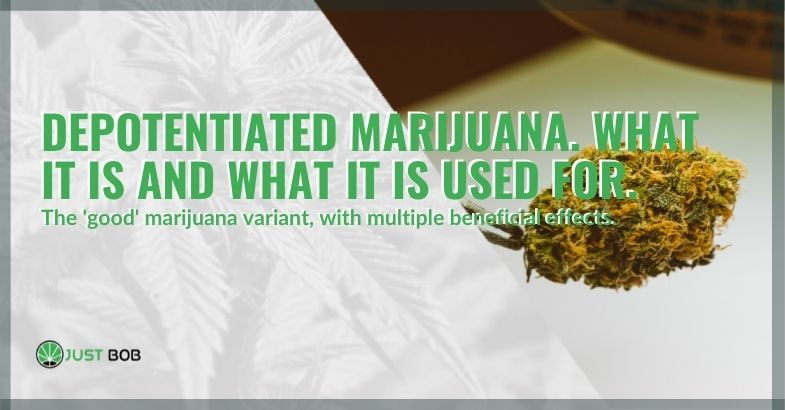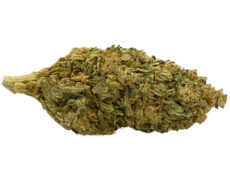Modified on: 19/04/2024
THE ‘GOOD’ MARIJUANA VARIANT, WITH MULTIPLE BENEFICIAL EFFECTS
Recently, the emergence of cannabis derivatives, such as CBD flowers, has accelerated dramatically. So let’s take a closer look at what it is and the reasons for its success.
-
 SMALL & BIG
SMALL & BIGBUBBLEGUM
Indoor | CBD – CBDA < 22%
Starting from:EASTER SALE -10%
1,25CHF1,10CHF/gGrams3 5 10 20 50 100 -


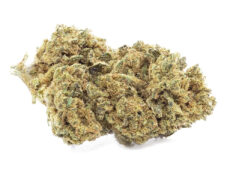
DO SI DOS
Starting from: 2,00CHF/gIndoor | CBD – CBDA < 19%
Grams3 5 10 20 50 100 -


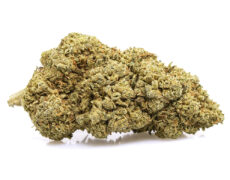
ROYAL GG#4
Starting from: 2,30CHF/gIndoor | CBD – CBDA < 40%
Grams3 5 10 20 50 100 -


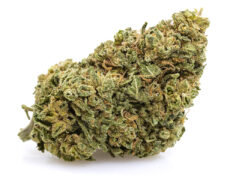
GORILLA GLUE
Starting from: 2,90CHF/gIndoor | CBD – CBDA < 20%
Grams3 5 10 20 50 100
What is CBD cannabis?
CBD cannabis, or legal weed, refers to a variety of marijuana that has been genetically modified to lower its THC content.
But for what purpose?
Of the two main active ingredients in cannabis, THC, or tetrahydrocannabinol, is responsible for the well-known psychotropic effects of consuming marijuana and hashish.
As for CBD, or cannabidiol, the situation is very different.
It has no psychoactive effects, and, on the contrary, the intake of this substance seems to have beneficial and relaxing properties in a variety of situations.
Hence the need to create a variety of cannabis that would offer its users the possibility of benefiting from CBD without suffering the side effects of THC.
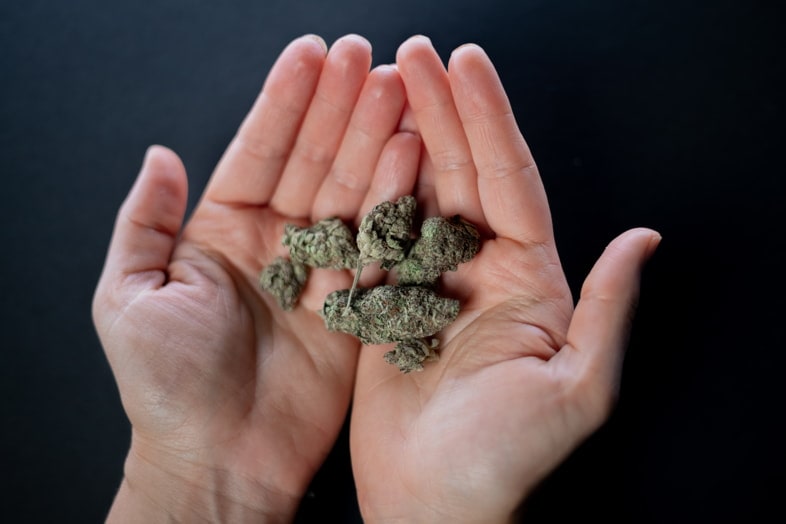

According to the current regulations on hemp and narcotics, Law 242/2016 and Law 309/1990 respectively, for cannabis to be considered legal, it must have a THC content of between 0.2% and 0.6%.
In these quantities, tetrahydrocannabinol cannot exert any drugging effect on its users.
Returning to CBD, it should be noted that it too can be contained in varying amounts.
Its concentration depends on several factors, such as the variety of the raw material, the hemp plant itself, and how it is grown. However, its resin production is directly proportional to the plant’s well-being, although, as mentioned above, some varieties are known to produce more naturally.
Like THC, CBD is mainly contained in the inflorescences of marijuana, but in smaller quantities can also be found in the leaves.
The main properties of Cannabidiol, which is still the subject of scientific studies, appear to be anti-inflammatory, analgesic and antispasmodic. Still, the list seems to be much longer than that.
Read also: Is marijuana hallucinogenic?
How many types of marijuana are there?
When it comes to cannabis, it is often not easy to find your way around. Let us try to clarify the types of marijuana that exist.
In addition to CBD weed, which we have already discussed to a small extent, there is, as we all know, cannabis, which for the sake of clarity, we will call “classic”.
Here, we are referring to the variety of weed that has not been genetically modified and therefore has much higher amounts of THC than those mentioned above and is consequently considered illegal in many countries, including Italy.
We would point out that the differences in terminology for cannabis all lie in the concentration of tetrahydrocannabinol. It also has the power to alter the psyche, which is responsible for its classification as a narcotic substance is contained.
To give you an idea, illegal marijuana has THC levels that can exceed 20%, and consequently, its consumption produces more or less marked effects on the psyche of those who use it.
One of the most common is undoubtedly the initial euphoria, which, as minutes or hours pass, changes into a state of relaxation and slowing down, both mentally and muscularly.
The intake of this substance can also affect the appetite, prompting the pursuit of high-calorie foods, often in quantities greater than those customarily consumed.
In addition to these trivial and almost harmless effects, we also see the occurrence of other mental states that, depending on the case, considerably invalidate not only the clarity of the user but also the actual physical well-being.
We are talking about the occurrence of a general state of anxiety, often accompanied by paranoia or hallucinations. No less frequent can be genuine panic attacks and sometimes even nausea and apathy. The price to pay is undoubtedly too high for those who wish to take advantage of the beneficial effects of grass consumption.
Further clarification is necessary here. Lately, we have also heard talk of medical cannabis. Is this legal cannabis? Or a particular use of traditional cannabis? None of the above. Medical cannabis is a separate third category.
It is a separate category primarily because of the way it is produced. Its cultivation is the exclusive responsibility of the Stabilimento Chimico Farmaceutico Militare in Florence, which monitors and controls every plant from seed to the final product sold in pharmacies.
Medicinal marijuana is administered in galenic medicines and is divided into two categories: FM1 cannabis and FM2 cannabis.
These two varieties differ in the concentration of the two active ingredients.
FM1 has a high concentration of THC and a very low concentration of CBD, between 13 and 20% and less than 1%, respectively, while FM2 has between 5 and 8% THC and 7 and 12% CBD.
These two types of medical cannabis are intended for clearly different cases and still have very small percentages of THC. They are well tolerated by patients and usually have negligible side effects.
We can conclude that CBD cannabis is the only variety that does not affect the psyche, unlike traditional and medical cannabis, which are obviously used for different purposes.
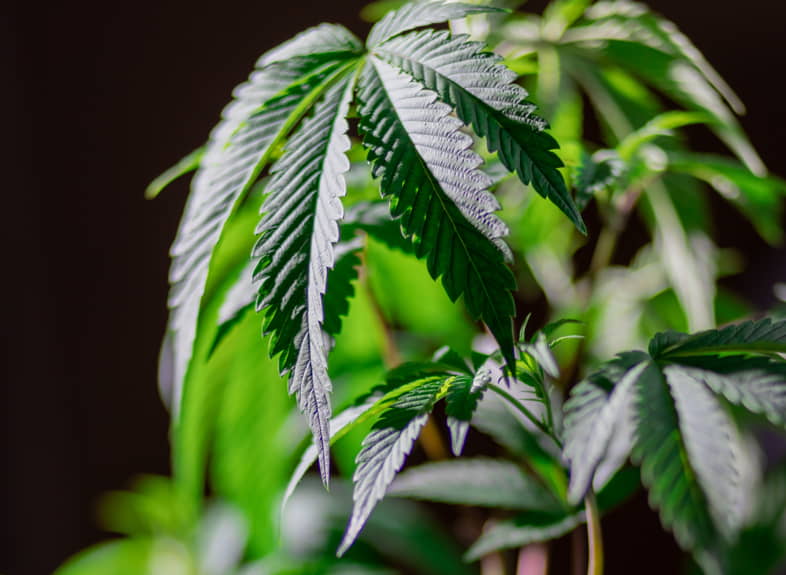

How is CBD cannabis used?
Now that we have brought some order to the different types of cannabis that exist let us return to the beneficial applications of legal cannabis.
As mentioned above, its relaxing and anti-inflammatory properties are attributed to CBD.
Specifically, cannabidiol has long been the focus of studies aimed at determining with greater authority what appear to be the many benefits of taking this substance.
Below is a brief list of what appear to be its positive characteristics:
- it inhibits neuronal transmission, resulting in less pain;
- reduces disorders of the immune system;
- alleviates nausea;
- inhibits the proliferation of cancer cells, particularly in cases of breast cancer;
- improves appetite;
- helps with detoxification symptoms of alcohol and tobacco addiction;
- thanks to its anxiolytic properties, it significantly reduces symptoms of social anxiety, post-traumatic stress disorder and obsessive-compulsive disorder.
These are just a few of the concrete aids that CBD seems to offer in the management of various disorders.
Despite the highly reassuring empirical data, it should be pointed out that there is often a lack of scientific data to confirm this unequivocally.
Concerning side effects, due to the tolerability of cannabidiol in the body, CBD appears to have slight to moderate side effects, often in smaller quantities than many drugs on the market, except a feeling of nausea and dry mouth, apparently caused by high doses.
To conclude
More and more people seem to be willing to give CBD a chance. Although not yet entirely exonerated by science, it seems to offer excellent alternatives to traditional therapies, at least when looking for a natural ally with almost no side effects.
Don’t miss our content and visit our online store Justbob to choose between legal cannabis, hashish and CBD oil.
We are waiting for you in our CBD flower shop!


